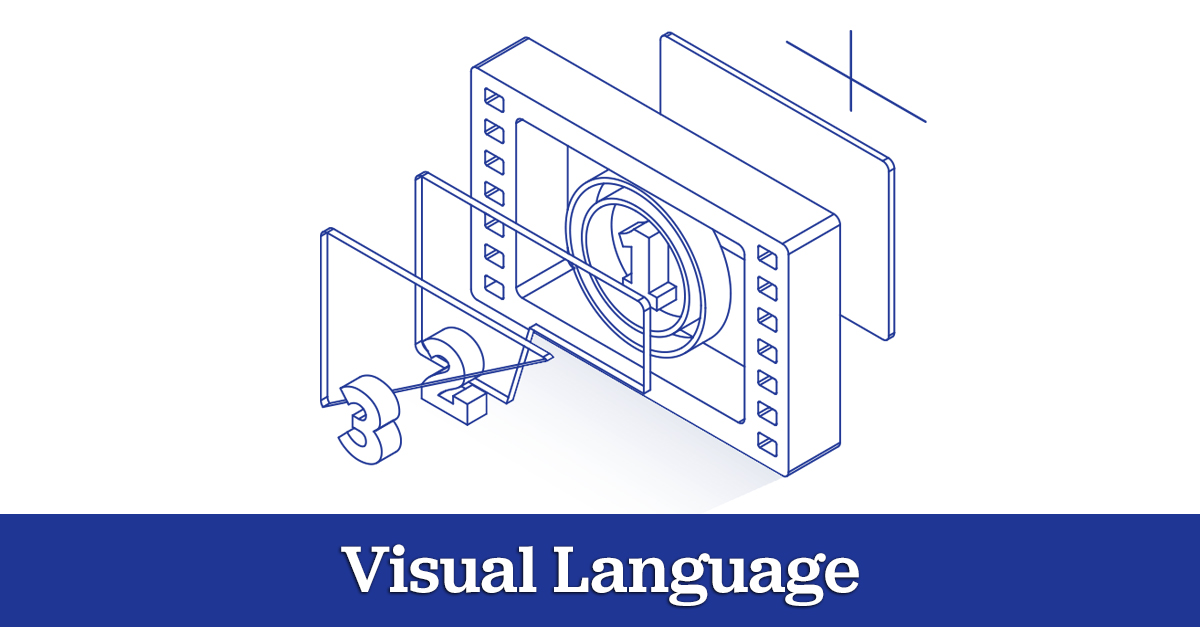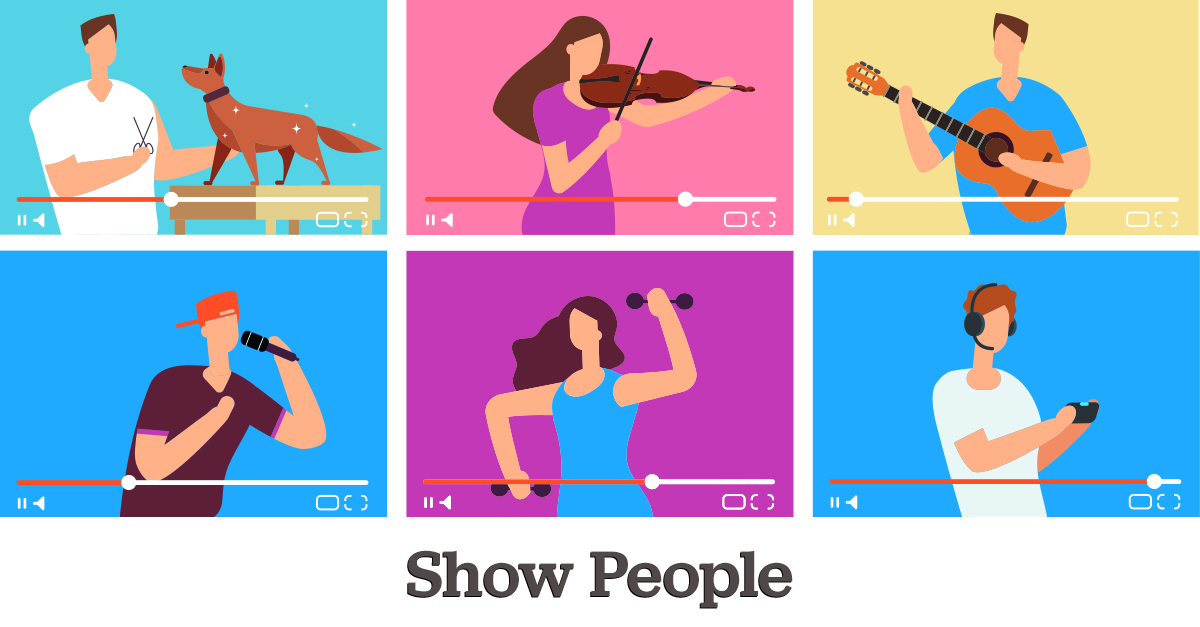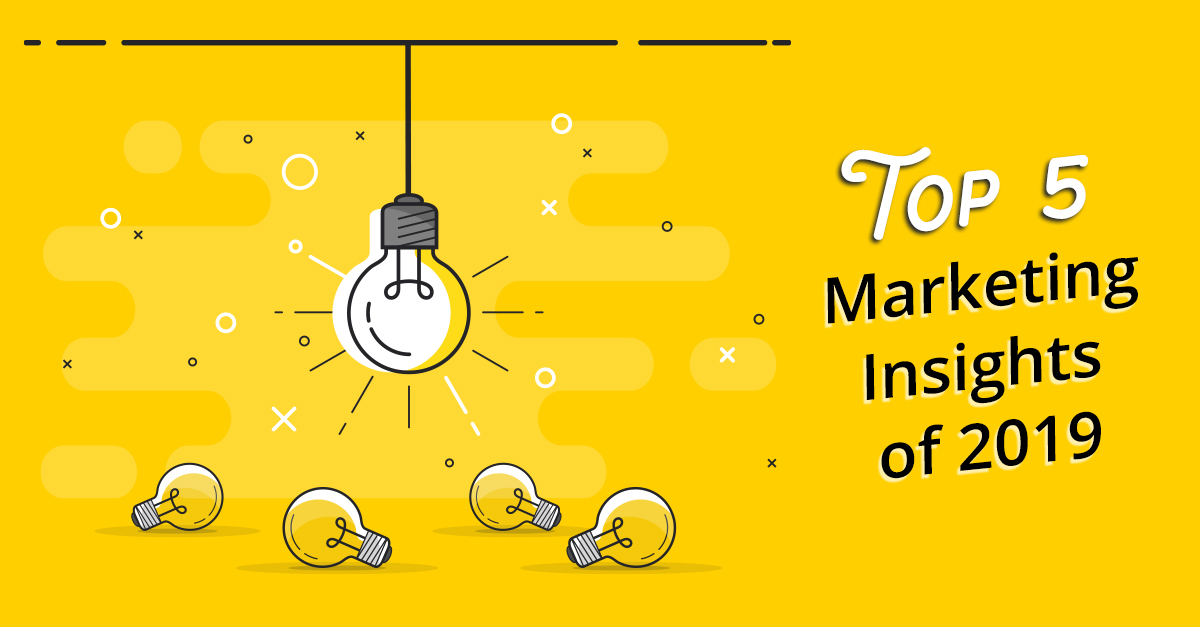
There are as many kinds of videos as there are people to watch them. Some videos are based on data, while some are created right from the minds of the writer. The subject matter may be based on a gut instinct more than it is based on data. However it may have been created, you need to know if it’s going to do what it was intended to do – capture and keep the attention of those who watch it.
- By this year (2019), 80% of global Internet consumption will be video content
- 86% of online video marketers use video content
- 81% of companies feature their video on their brand’s website
- 7 out of 10 marketing professionals are optimizing video for SEO
- Marketers who use video grow revenue 49% faster than non-video users
Genius Monkey understands what it takes to make these advertising videos effective; both in content, and through placement. We know that it requires a great deal of testing, experimenting and human oversight. Google’s Unskippable Labs recently partnered with brands to experiment on about one thousand video ads per month, conducting in excess of 250 different lab tests.
Based on these many observations by the Unskippable Team, Jones saw four primary opportunities in storytelling, which coincide with Genius Monkey and our findings, as well:

Visual Language - At Genius Monkey we see the evolution of the visual language that’s used in video ads. Some of them are simple technicalities, like tighter framing, a faster pace, the use of large-type supers, contrast and brightness, etc.
Narrative Structure - There has to be something contained in the video that reaches up and grabs consumers like a brisk slap in the face! If you need to serve them dessert first, do so. Do whatever informs the consumer about the product and simultaneously keeps their attention. You want them to feel compelled to finish watching the video.
Fine-Tuning for Audience - Fine tuning the ads towards the targeted audience for whom they are meant, falls directly into the category of programmatic advertising; making creative choices that match the audience that will be watching it.
Creative Systems - Finally, how are the ads being sequenced? What are the correct mixtures of formats and forms? And, how do you best ploy creative and media assets in order to get the maximum bang for the proverbial buck?
Genius Monkey has found the same facts to be true, but added these additional findings based on their client-video experience:

Show People - Faces perform well in both display and video ads. We have discovered that ads that include people and people’s faces tend to out-perform the ads that don’t. We suspect that ads with people help the public to better relate to the user, correlating the brand to a real-life person.
Get Right to the Message - Front loaded videos perform, meaning that the main message and the who-what-why-how answers are contained within the first 8-10 seconds of a 30-second spot.
Make it the Right Length - Of the lengths of videos (15, 30, 45, or 60 seconds), we have found that the 30-second videos outperform the others. This fact, however, is not set in cement. Some of the more complicated products or brands may need more time to make their videos more understandable. In those cases, a minute or even a two-minute video may yield better results.

When asked if machine learning can help in the creation of effective videos, Jeremy Hudgens, Genius Monkey’s CRO and Director of Client Solutions, said, “Yes, the more data we have, the more we can understand our client and create valuable, relevant content. Data is a tool from which we can harvest a great deal of good. By no means though, does data replace the need for creativity; to the contrary; it works WITH creativity, so we can test and experiment and come up with the most appealing, effective and relevant video ads. We never stop testing, though, as the tide changes quickly in this line of work.”
Obviously, the art of an effective video takes the element of human oversight, which is why Genius Monkey doesn’t practice the set-it-and-forget-it method, ever, on anything!




